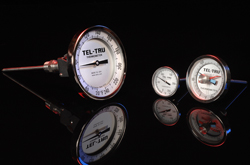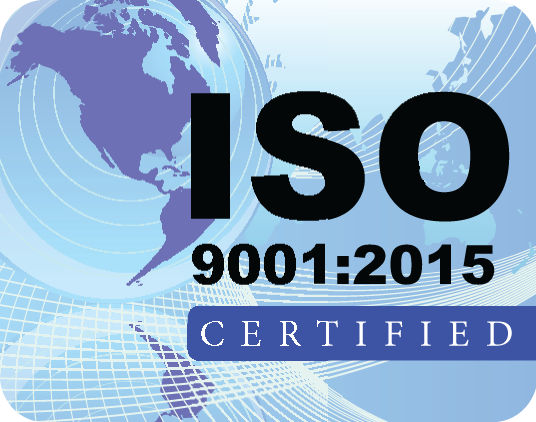Selecting a Dry Block CalibratorThe use of a dry block calibrator to verify thermometer accuracy is a convenient alternative to the ice bath and boiling water methods. When choosing the best calibrator for your application, here are a few considerations to keep in mind. Temperature set points - Identify the test points required for the process. These requirements are typically defined by the regulations for the specific process. For example, Food Safety, Dairy and Retort requirements vary slightly depending on the type of process. Click here for more information. |
|
|
Accuracy and Stability - Maintaining the calibration temperature set point is a key performance factor for repeatability in verifying your thermometers. Ensure the device you are considering for your application meets the requirements of your specific industry and regulating body. Traceability - To ensure the quality of the calibration to levels acceptable to outside organizations, it may be required to be traceable to recognized standards such as NIST in the US. Be sure to understand the requirements of your application and make sure the manufacturer of the calibrator can provide any required certifications. Many manufacturers also offer an annual factory recertification service so you can maintain compliance. Multiple well inserts - If you intend to use the calibrator with several thermometers, you will likely need a model that has replaceable well inserts such as the Tel-Tru Check-Set® CSIV. Each well insert may accommodate a range of sizes. This will provide maximum versatility using only one device. |
 |
|
Stem length capability - Good heat transfer between insert and sensor is critical for accurate calibrations. Be sure to verify the sensing area of the probe can fully insert into the temperature controlled zone. The minimum immersion depth is dependent on the thermometer type. Check the manufacturer's recommendation for the correct immersion length. |
|
|
Dry Block Calibrators such as the Tel-Tru Check-Set series offer a convenient solution for verifying the accuracy of your thermometers. For additional product specifications, contact us. |
|


